Full-body portraits are ideal for fashion, editorial, documentary, and lifestyle photography. Learn how to take amazing full-body portraits.
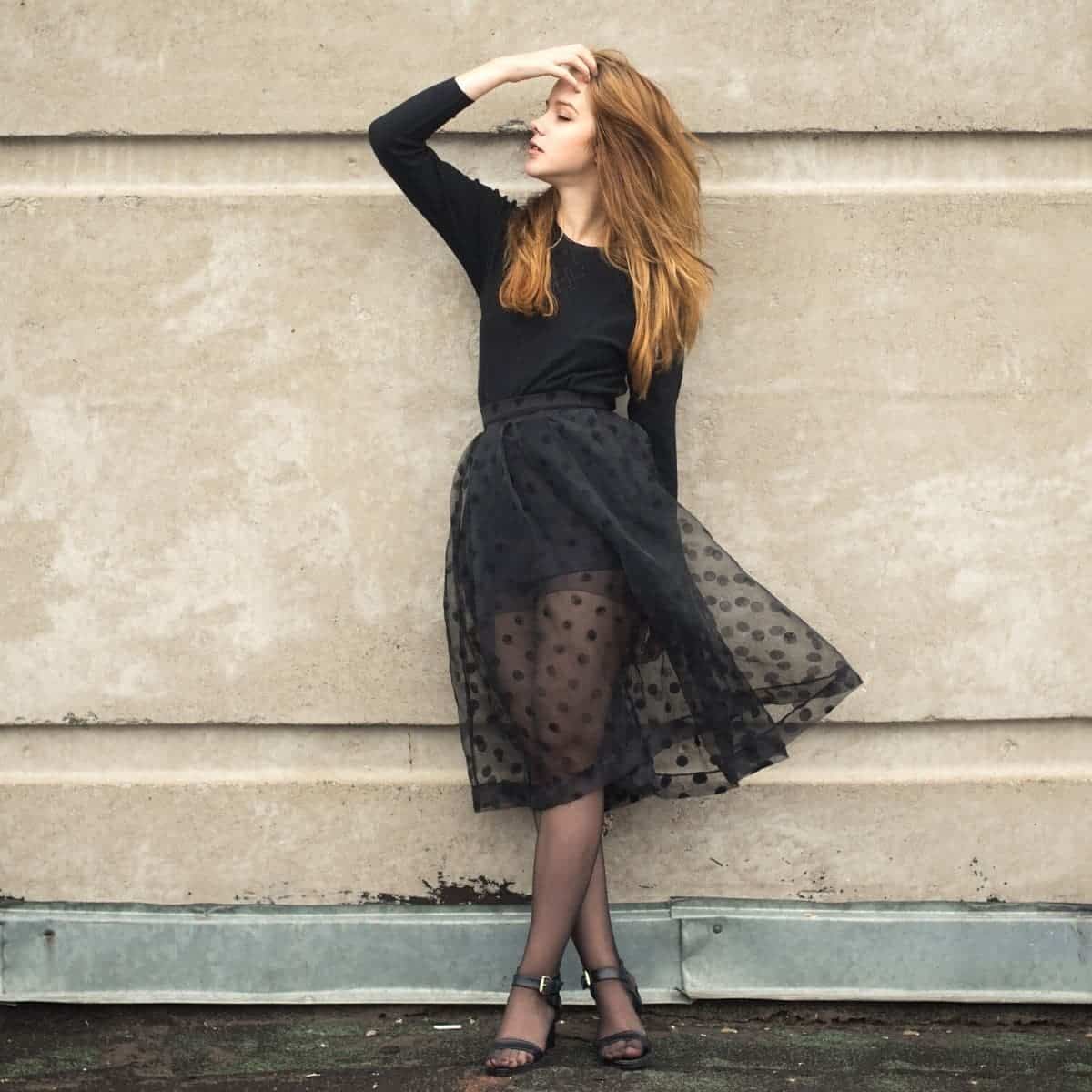
Full-body portraits are an excellent way to feature your subject’s outfit and show their surrounding environment.
A standard portrait only shows a subject’s head and shoulders, making it easier than a full-body portrait.
Related: How to shoot senior portraits
When you’re photographing a full-body portrait, there are more factors to consider.
You must pay attention to your subject, their pose, face, surrounding environment, lighting, and everything else that’s in the frame.
Full-body portraits can be taken indoors and outdoors. However, you’ll need more space than a traditional portrait.
Related: Understanding shutter speed in photography
Aside from your perspective, it’s also typically more challenging for your subject. They may feel awkward if you don’t pose and guide them throughout the photoshoot.
So, learn how to shoot the best full-body portraits and ensure that everything in the frame looks good.
Camera angle
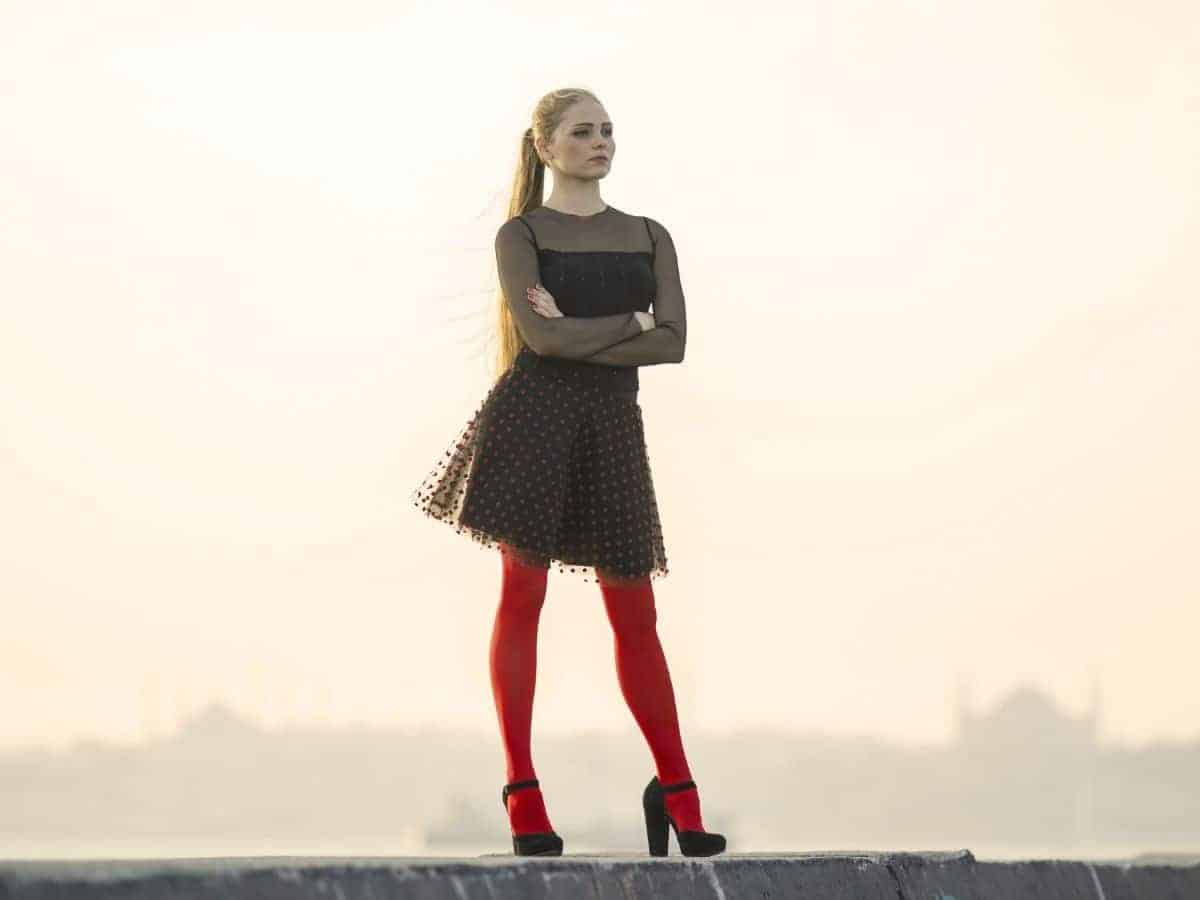
Your camera angle affects how your subject looks in a full-body portrait.
When you shoot from below and point your camera upward, your subject will look taller.
An upward angle makes your subject look taller and more powerful. However, it can also make them appear larger.
Related: The best tripod brands in 2021
A downward angle can make your subject look shorter and also appear slimmer.
When your camera is at eye level, it reduces distortion. The drawback is that your portrait may look flat. So, you need to create interest in your subject’s pose, clothing, expression, and background.
The angle of your camera can dramatically change how your subject appears and the feelings that the photo evokes. While there aren’t rules set in stone, do your best to portray your subject the way they want to be portrayed.
Related: 5 essential editing tips for beginners
By understanding how the angle affects your subject, you can capture great photos, and you’ll have a happy client.
Lighting
Lighting can make or break your portrait. For full-body portraits, you have a lot of creative control.
You can light up your subject’s entire body, a portion, or capture a silhouette. In most cases, you’ll evenly light your subject’s entire body to show their outfit.
Related: 10 best lighting kits for photography
Whether you’re shooting indoors or outdoors, make sure you use lighting that’ll flatter your subject.
Harsh lighting can cast unpleasant shadows across your subject. Soft lighting results in soft shadows and even lighting on your subject.
If you’re shooting on a bright and sunny day, find shade. You’ll also need to move around and try different locations and angles to capture the perfect full-body portrait.
Background and foreground
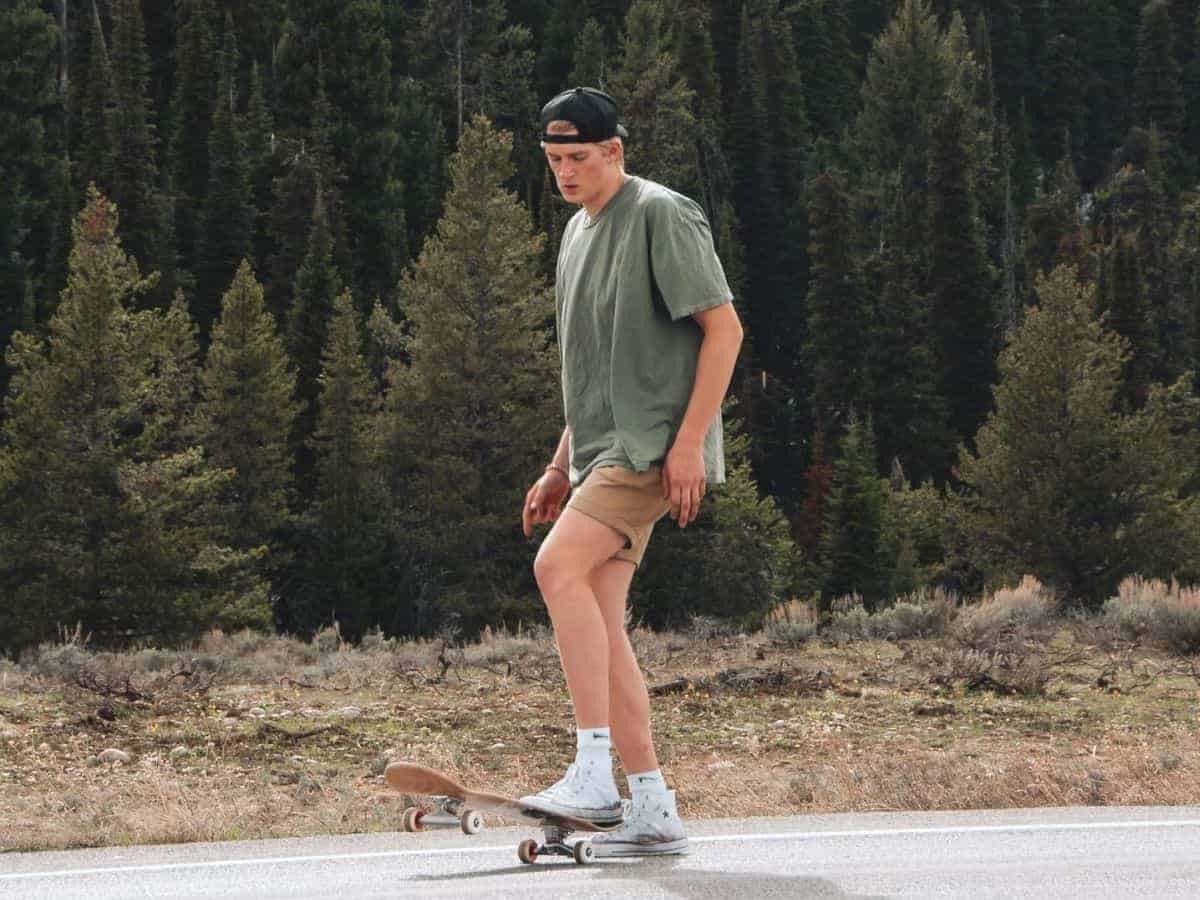
With full-body portraits, you must consider the foreground and background. Since you’re featuring your subject’s entire body, more of the surrounding environment will show.
A big part of it is also the lens, as a wide-angle lens will show more, and a telephoto lens can show less. When you’re setting up the frame, think about what will enhance your subject.
Related: Understanding focus in photography
Since a full-body portrait is still about your subject, make sure there isn’t anything distracting in the background or foreground.
Ways to eliminate distractions include moving to a different spot and using a shallow depth of field, which blurs the background or foreground.
Posing tips
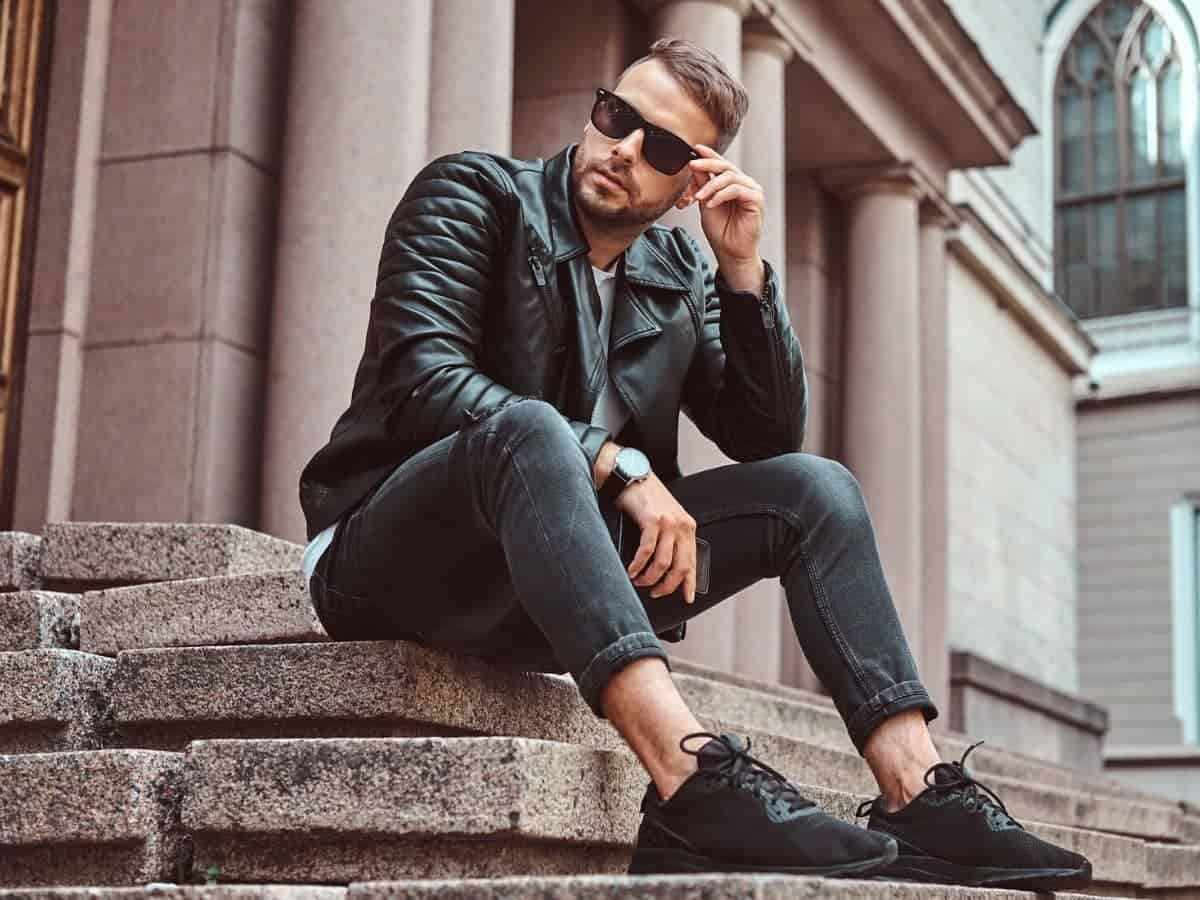
Your gear and photography techniques are important. However, posing is just as important.
First, you need to make sure your subject is comfortable. Otherwise, awkwardness is enhanced with full-body portraits.
Related: 5 posing tips to make you look thinner
Talk to your subject, and be sure to guide them through each pose. Building positive rapport is crucial to capturing genuine and relaxed portraits.
Good posture and relaxed shoulders
Posture plays an important role in full-body portraits. Make sure your subject isn’t slouching, but also that they’re not too stiff. The goal is to have good posture and look natural.
Posture is personal. The way someone sits or stands is a part of their image. So, you don’t want to change them.
Related: Best portrait poses for men
If your subject doesn’t have good posture, make it a little better, and they’ll look more flattering, natural, and confident.
A part of natural posture is relaxed shoulders. Tell your subject to take a deep breath and let their arms hang. That’s where their shoulders should be to look relaxed.
Shift the weight to one side
If your subject is standing perfectly upright, they’ll look boxy. It doesn’t result in a good full-body portrait. Instead, the key is to shift the bodyweight to one side.
Sit or lay down
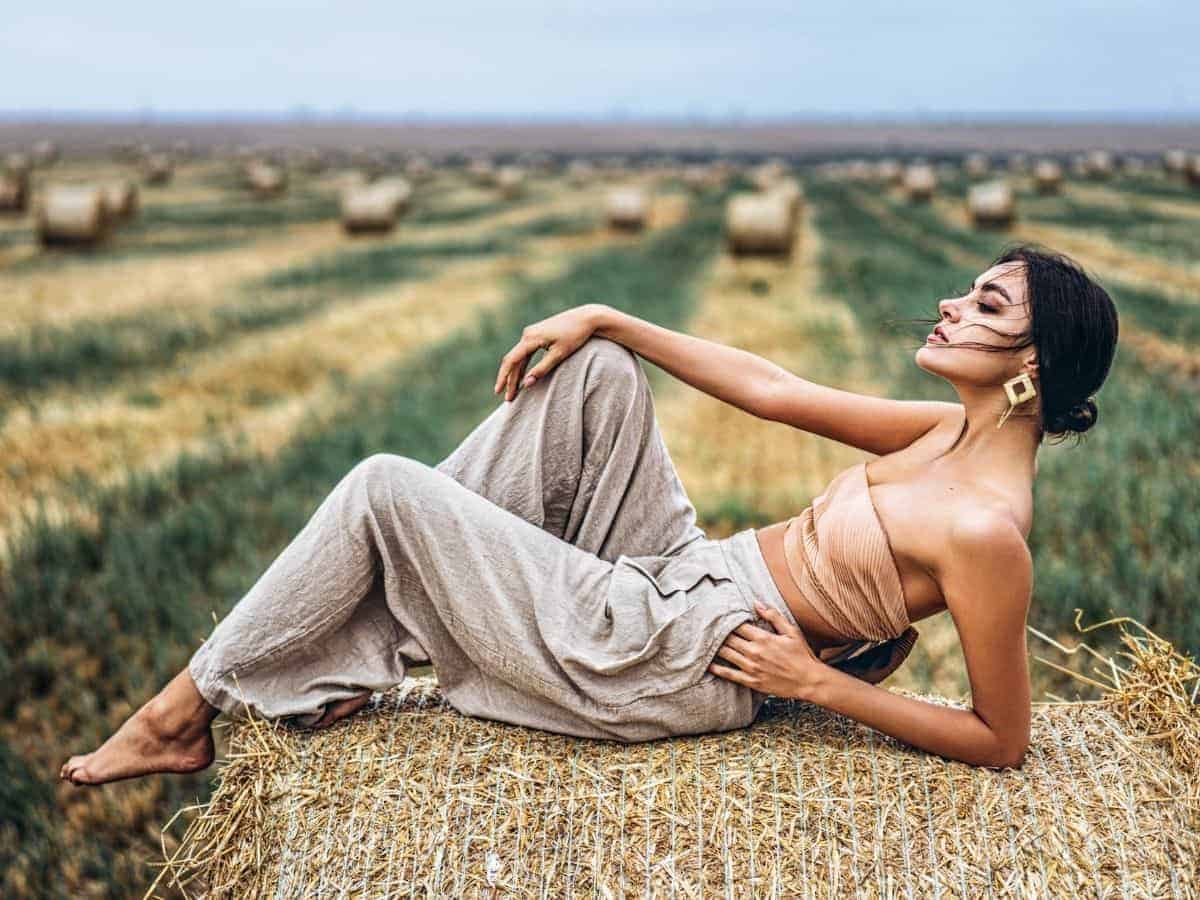
Not all full-body portraits need to be standing up. You can also capture photos of your subject laying or sitting down.
They can lean on the arm or against something. It’s a great way to look more casual, relaxed, and natural.
Give the hands something to do
What do I do with my hands? It’s one of the most-asked questions and awkward points of a portrait. So, make sure you pose your subject’s hands.
Related: Landscape vs. portrait orientation in photography
Before diving into what to do, the following are several things to avoid:
- Don’t show a straight-on view of the back or inside of the hands.
- Don’t press the hands together or into the face or body.
- Don’t have tense hands and fingers.
Now that you know what not to do, the following are examples of things to do with hands:
- One hand in the pocket and one hand relaxed to the side.
- Hold or grab something.
- Naturally swing the arms while walking.
- Lightly touch your face, hair, body, or clothes.
The key is to give the hands something to do. As long as you pose the hands, you can avoid awkward full-body portraits.
Be the example
The fastest way for your subject to do the pose is for you to show them. So, be the example.
Show your subject how to do the pose physically and emotionally. When they see you do it, they’ll be more likely to pull off the pose.
Related: 5 posing tips for authentic photos
While you’re showing them how to do it, tell them why you pose things the way you do. How does it make the portrait better?
Move
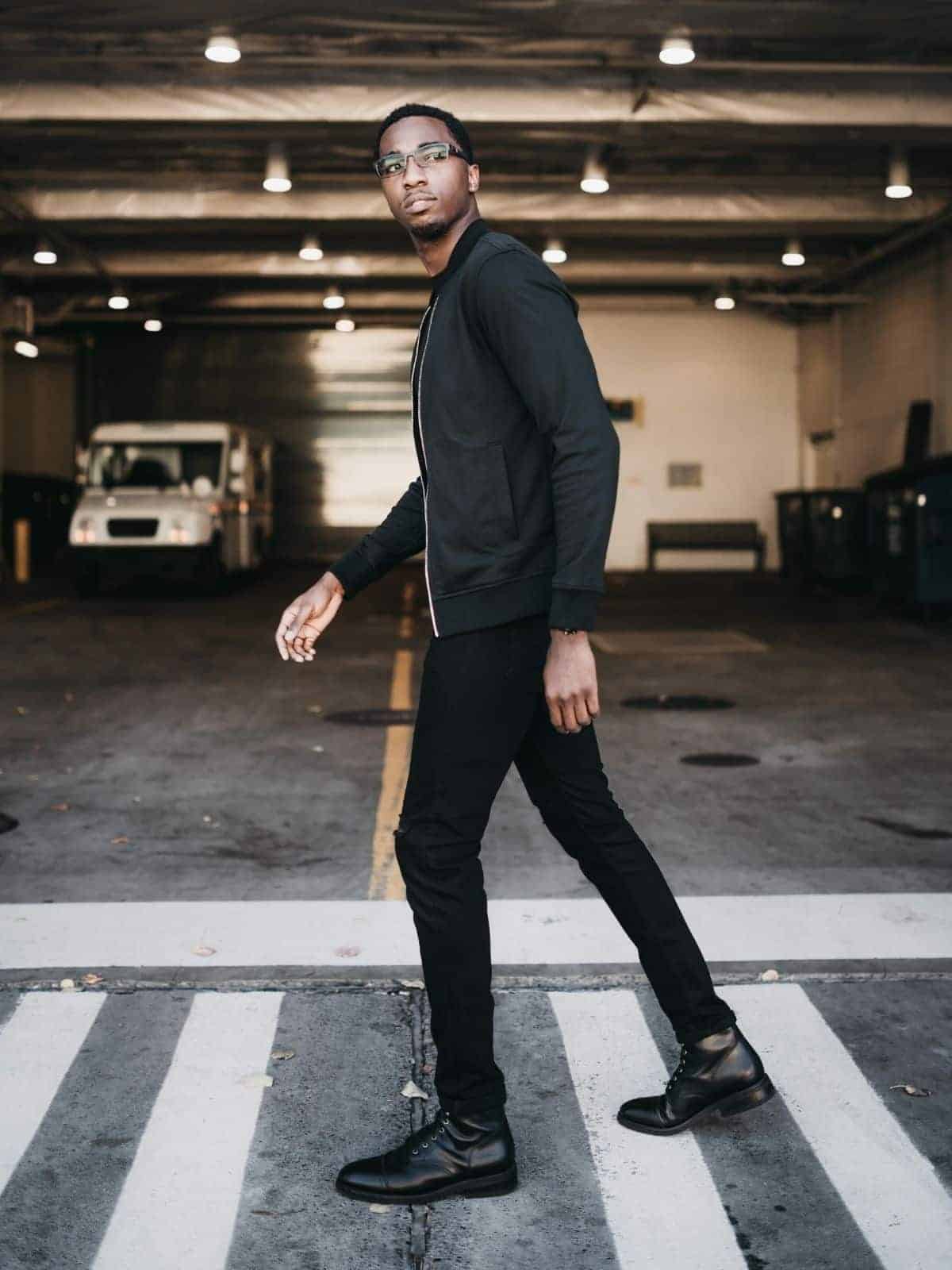
An excellent way to take your full-body portraits to the next level is to incorporate movement.
Your subject can walk, jump, step, or spin around. Movement encourages natural motions, which result in great portraits.
Related: What’s shape and form in photography?
When you’re capturing movement, don’t spend too much time trying to get the perfect shot. Instead, allow your subject to move naturally and snap away.
If you have them repeat the same thing over and over, you’ll be less likely to get a good and natural-looking photo.
Best lenses for full-body portraits
While you can use any lens for full-body portraits, several lenses will work well in almost any situation.
Related article: Are Sigma Art lenses good?
Before choosing a lens, consider how much space you have to shoot. If you’re shooting portraits in a room, you’ll need a wider lens than shooting outdoor portraits in a field.
Related: The best memory card readers in 2021
Aside from space, consider how much of the surroundings you want to show. It’ll help you choose a lens that’ll capture what you want to portray.
The best lenses for full-body portraits are as follows.
24-70mm
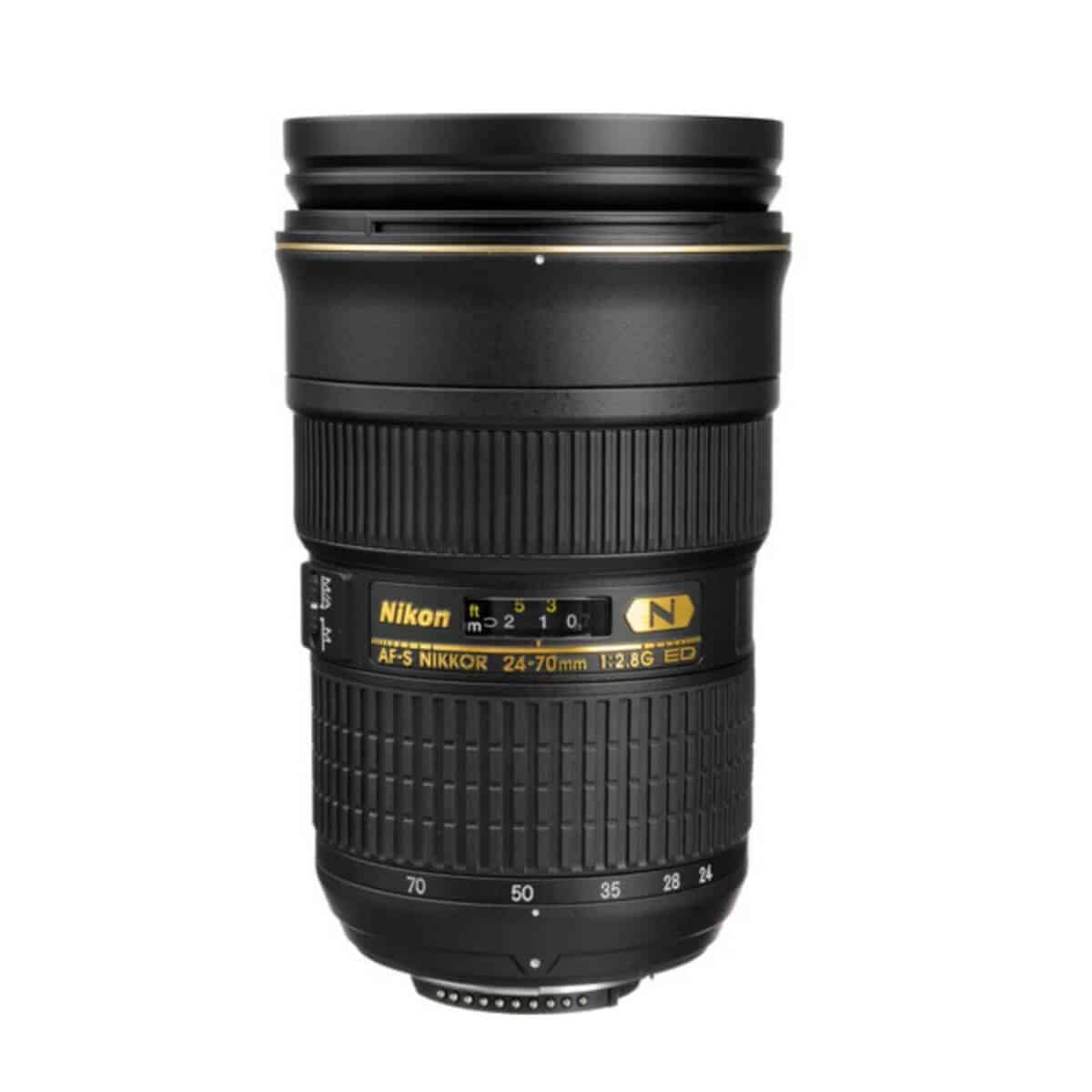
A 24-70mm zoom lens is the overall best for full-body portraits. It offers a wide range of focal lengths that give you versatility and flexibility.
Whether you’re taking photos indoors or outdoors, it’s the one lens that you can rely on to capture stunning full-body portraits without any issues.
Most 24-70mm lenses also have a maximum aperture of f/2.8. You can capture portraits with smooth bokeh, in low light, and ensure that the result is crisp.
35mm
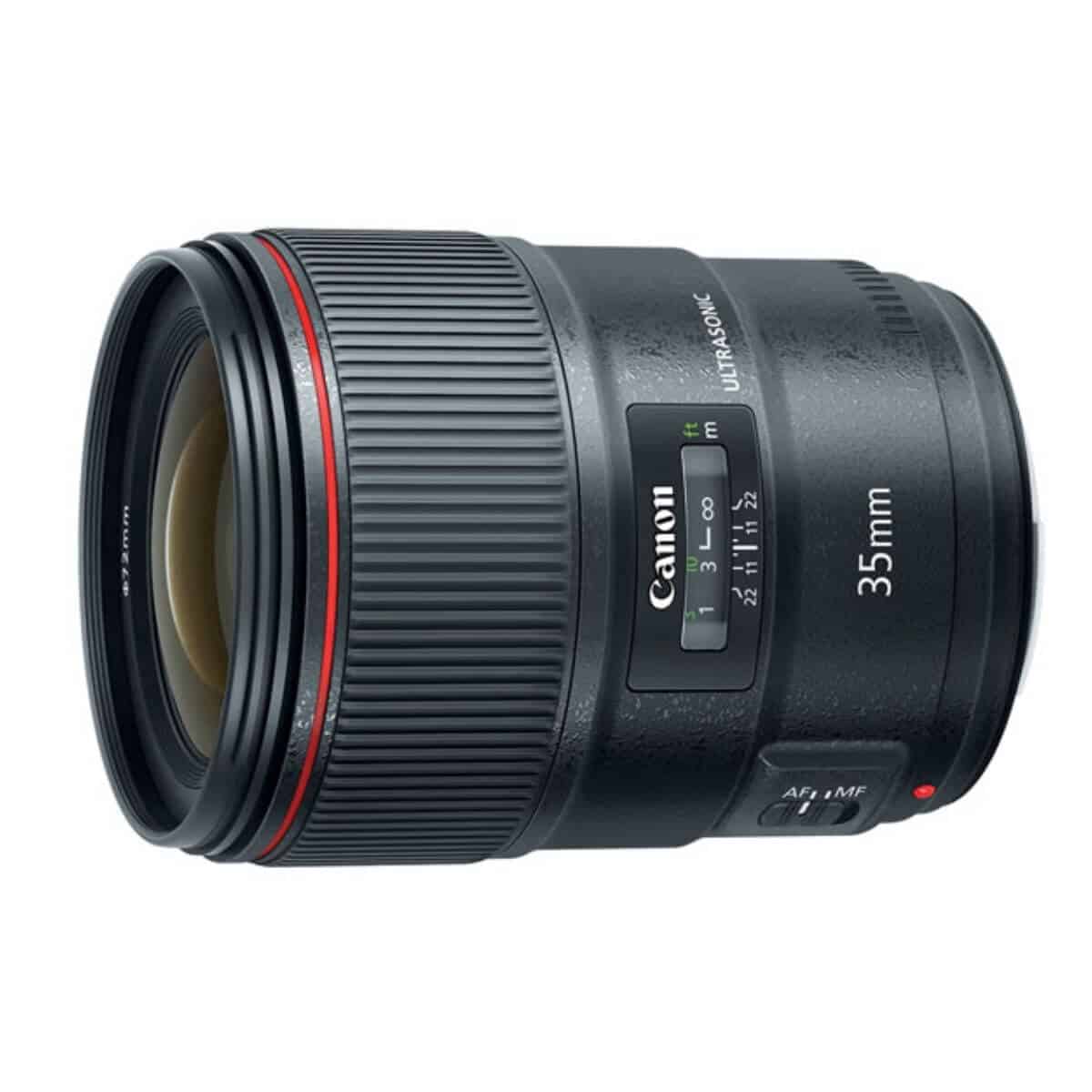
35mm lenses are classic wide-angle portrait lenses. They offer a wide field of view, which ensures that you’re able to capture your subject’s entire body.
Most of the 35mm lenses also have maximum apertures of f/1.4 or f/1.8, which is incredible. Whether you want a deep or shallow depth of field, it’ll work very well.
35mm is often compared to the perspective of the human eye. So, it’s a naturally appealing focal length.
50mm
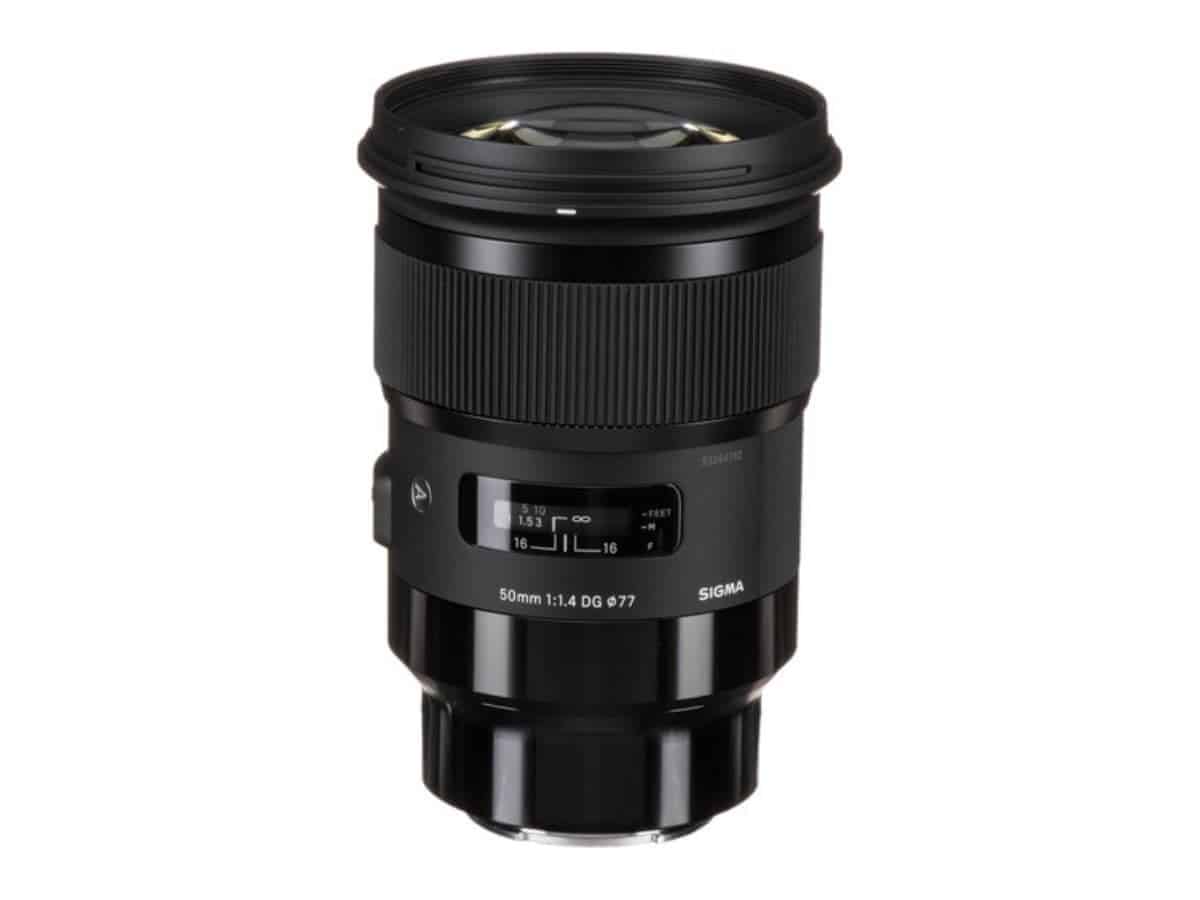
The 50mm lens is a versatile and classic prime lens. While you’ll need more space than the 35mm lens, the 50mm lens offers a tighter perspective.
It crops the sides of the photo more than 35mm, which can help keep the focus on your subject. As always, you can move back to capture more of the surrounding environment.
Overall, a 50mm lens is ideal for studio or outdoor full-body portraits.
Use the right aperture
The aperture you choose depends on the goal of the portrait. If you’re shooting a full-body portrait and want to blur the background, foreground, or are shooting at night, use a large aperture.
Aside from a large aperture, make sure the distance between you and the subject is smaller than the subject and the background. With more space behind your subject, you’ll be able to capture a smooth blur.
Related: 10 best portrait lenses for Sony cameras
If the entire scene plays an important role in the photo, use a smaller aperture to ensure the entire frame is in focus.
Regardless of the aperture you use, make sure your subject is in crisp focus.
Conclusion
There’s a lot that goes into a full-body portrait, making it more challenging than a standard portrait. As long as you use the right lens, lighting, posing, and camera angle, you’ll be able to capture a stunning portrait of your subject’s entire body.
Featured image courtesy of Canva.

